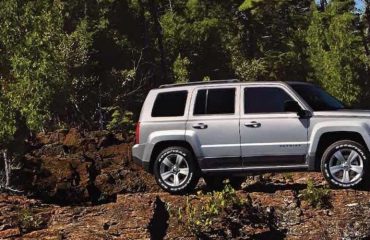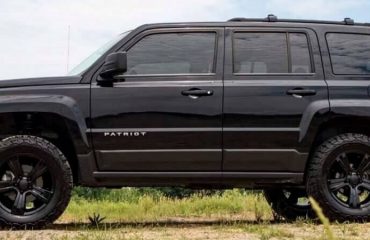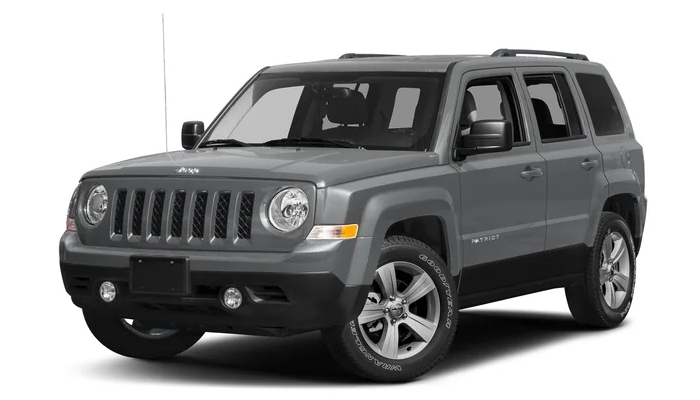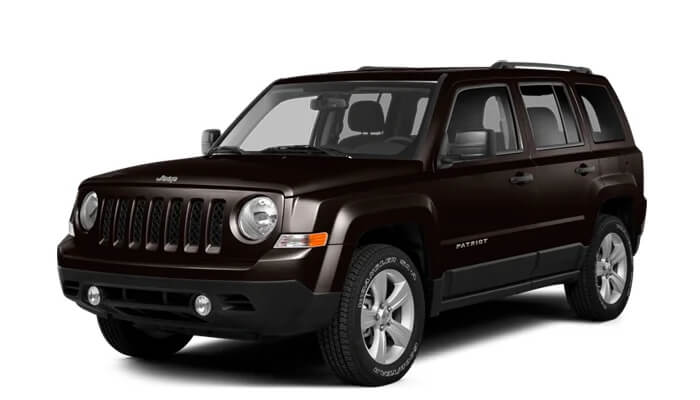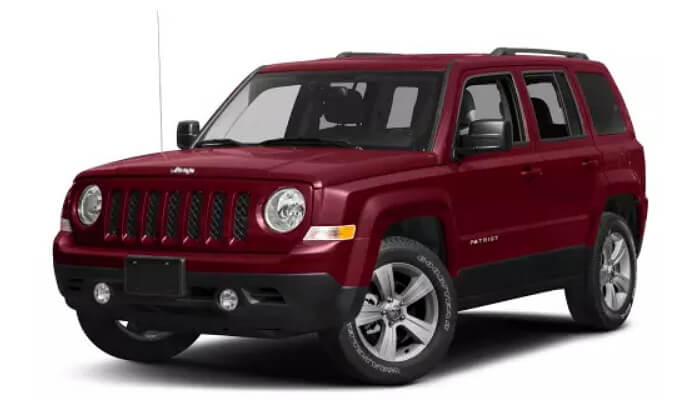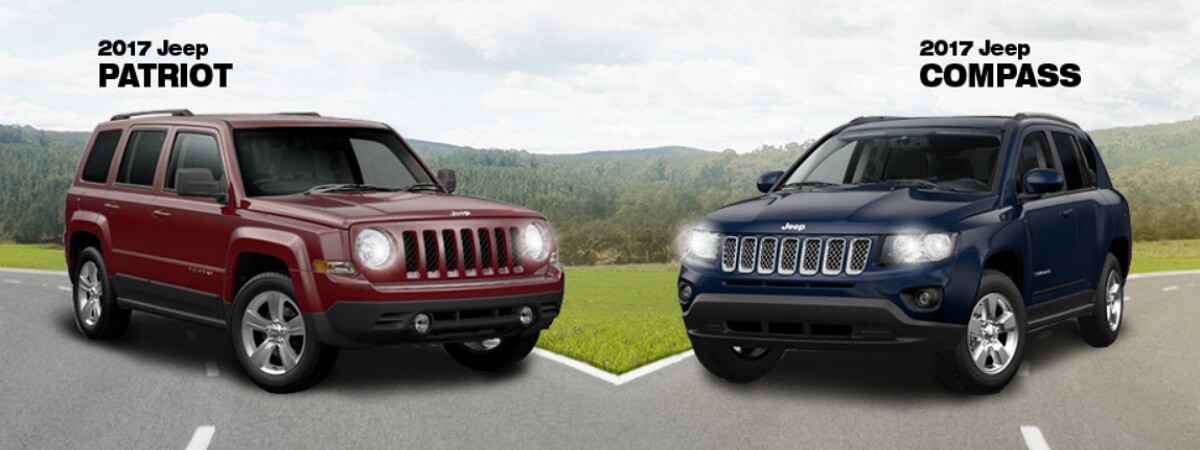
For all the car lovers out there, it’s time to gear up and take a closer look at two of Jeep’s popular rides that may have zoomed under your radar: the Jeep Patriot and the Jeep Compass. They’re both bred from the same Jeep lineage, yet they parade down the road with their own unique flair. Let’s take the scenic route through the key differences that set these two apart, so you can decide which one revs up your engine.
Style at First Glance
At the heart of Jeep’s design philosophy is the iconic seven-slot grille, and both the Patriot and the Compass wear it with pride. But here’s where the paths diverge: the Patriot has a more angular, boxy vibe that screams ‘adventure awaits’, tempting you to take that spontaneous off-road detour. The Compass, with its smooth curves and aerodynamic profile, whispers ‘urban chic’ and is more at home zipping through city streets than fording streams.
Products are available — click below to view them!
SEE DETAILS ON EBAYPerformance and Pricing: Under the Hood Huddle
Your wallet will feel the difference before you even start the engine. The Compass nudges ahead with a higher MSRP, starting at $24,295 compared to the Patriot’s more approachable $21,275. This price hike isn’t just for show; the Compass packs a little more punch with 180 horsepower to the Patriot’s 172. It’s also got a bit more twist in its torque, giving you that extra oomph when the green light flashes.
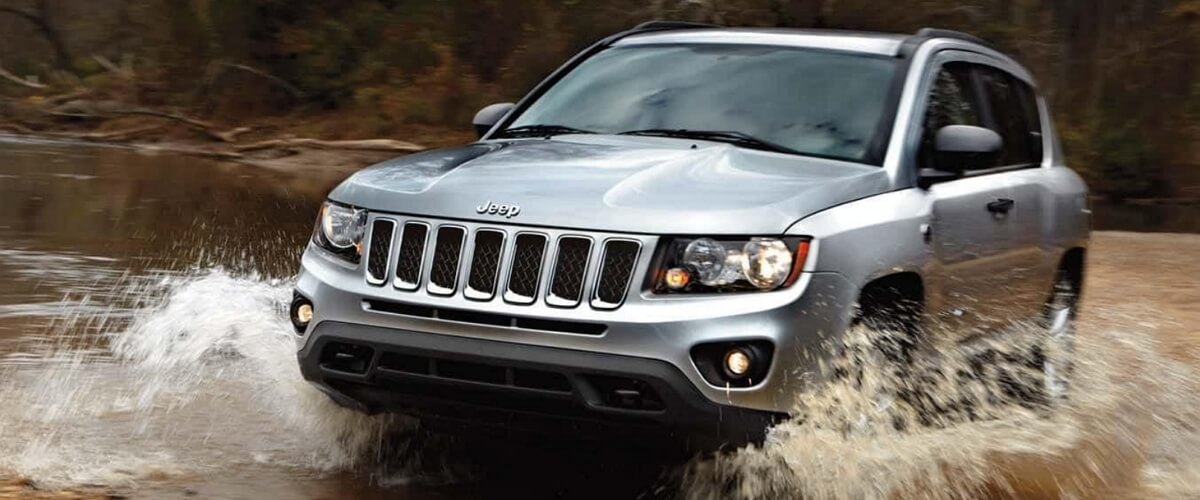
Inside the Cockpit: Comfort and Class
Slide into the driver’s seat, and you’ll find the Compass gives your knees some extra stretching room upfront, while the Patriot’s back seats are where you’d want to kick back and relax. Both interiors are packed with unique features; the Compass cools you off with air conditioning and power locks as standard, whereas the Patriot might sway music lovers with its sunroof/moonroof combo and a CD player for those nostalgic road trip tunes. Dive deeper into the cabin’s character, and you’ll find the Patriot dons a leather-wrapped steering wheel for that rugged touch, while the Compass opts for a more refined, modern finish with sleek fabrics and eye-catching stitching.
Fuel Efficiency: The Long Haul Lowdown
When it’s time to talk tanks, the Compass has the edge in fuel economy, perfect for city living and long highway cruises. But if you’re looking to venture farther between fill-ups, the Patriot’s larger tank has got your back.
So, what’s it going to be? The Jeep Patriot, with its off-road-ready stance and classic Jeep charm, or the sleek, city-savvy Compass, with its modern twist on Jeep tradition? It’s not just about the specs—it’s about the spirit of the ride and where you see yourself behind the wheel. Let’s break it down even further with a comparison chart to put the differences into perspective.
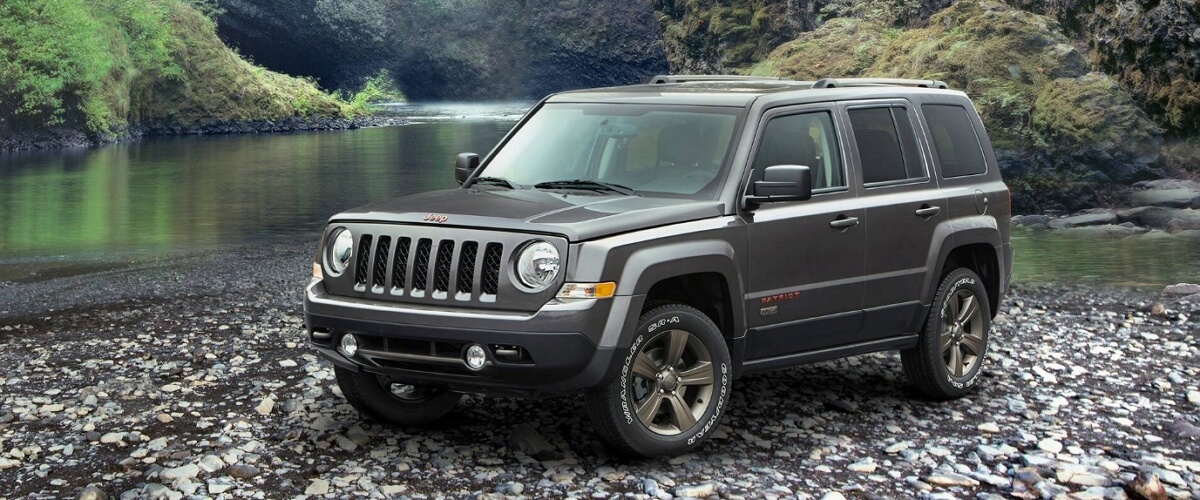
Jeep Patriot vs. Jeep Compass: At a Glance
| Feature | Jeep Patriot | Jeep Compass |
|---|---|---|
| Starting MSRP | $21,275 | $24,295 |
| Horsepower | 172 hp | 180 hp |
| Front Legroom | Standard | More spacious |
| Rear Legroom | More spacious | Standard |
| Interior Design | Rugged | Sleek and modern |
| Standard Features | Sunroof/Moonroof, CD Player | Air Conditioning, Power Door Locks |
| Fuel Economy (City/Highway) | Slightly lower | Slightly higher |
| Fuel Tank Volume | Larger | Standard |
Whether it’s the trail-tackling Patriot or the stylish Compass, both offer a distinct taste of Jeep’s legendary heritage with a side of personal preference. Now, with the keys in your hand to both these Jeep jewels, what will you take for a spin?
Why Compare?
When it comes to choosing the perfect ride, car enthusiasts often find themselves comparing the Jeep Patriot to the Jeep Compass. This matchup garners attention because both vehicles emerge from the same revered Jeep family, known for combining rugged capability with everyday utility. They’re like siblings with distinct personalities, making the comparison as natural as it is inevitable for potential buyers.
The Patriot and the Compass are often placed side by side because they inhabit a similar compact crossover SUV space, appealing to those who yearn for adventure without sacrificing the conveniences of modern driving. Both models offer the allure of the great outdoors with the practicality of urban driving, but they do so with subtle differences that matter to consumers. The Patriot returns to the classic boxy Jeep silhouette, a nod to tradition and off-road prowess. At the same time, the Compass presents a more contemporary, streamlined design that fits the urban landscape.
Moreover, their close price points put them in direct competition within the market, prompting drivers to weigh the trade-offs between the two. The nuances under the hood, the variations in interior space and comfort, and the differing tech and luxury features become pivotal factors in a buyer’s decision. While they share a standard badge, the Patriot and Compass cater to slightly different lifestyles and preferences, making the comparison between them not just useful but essential for anyone looking to find their perfect Jeep match.

